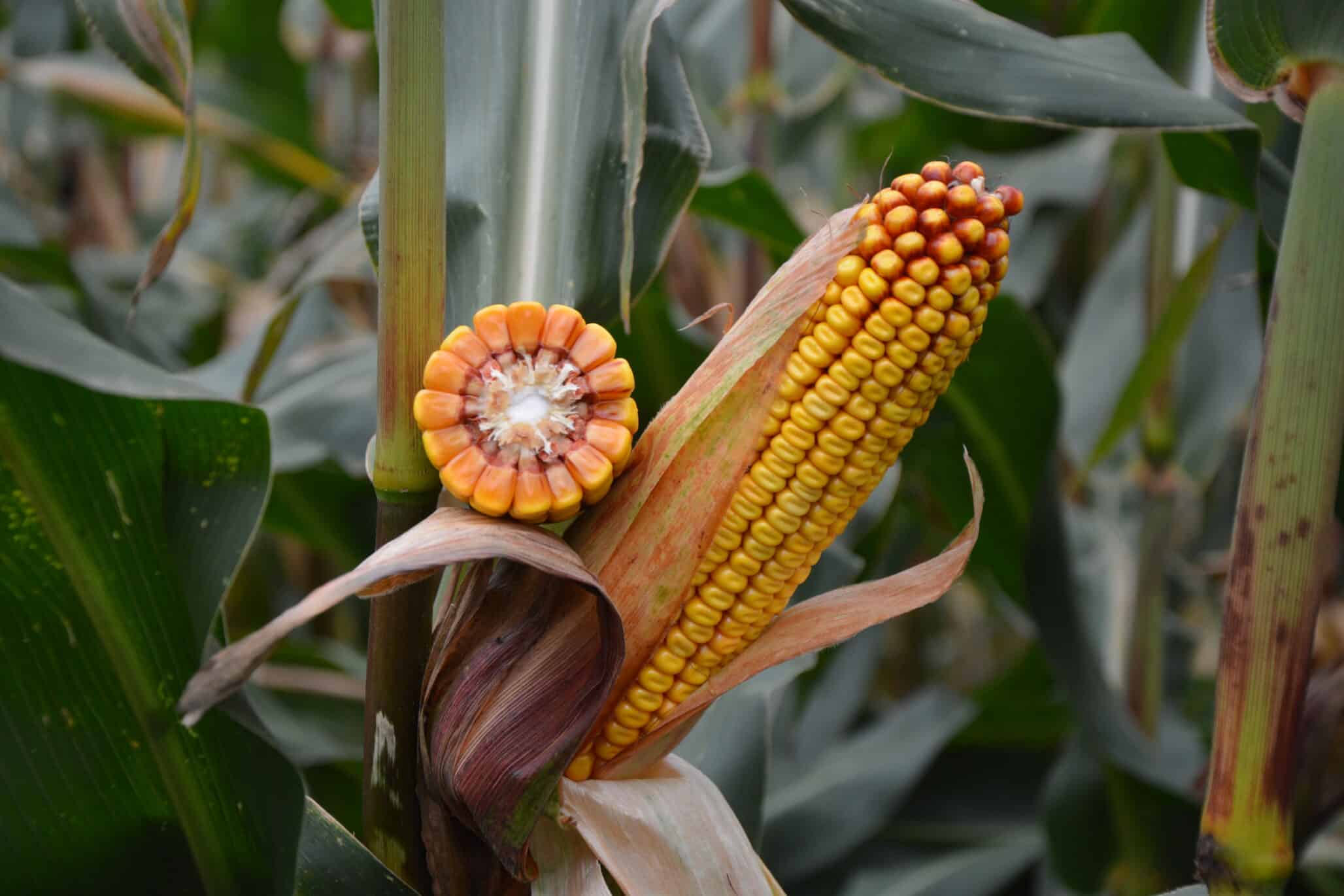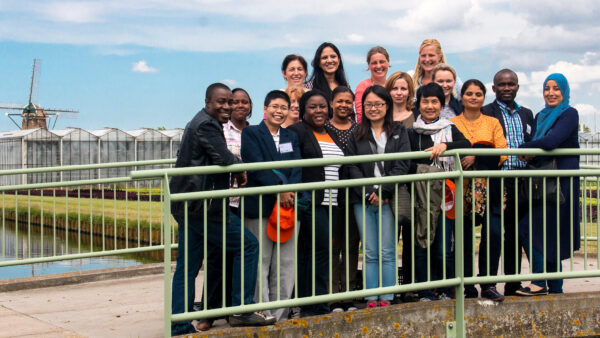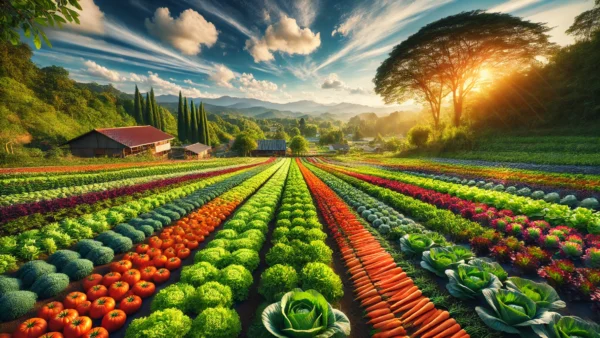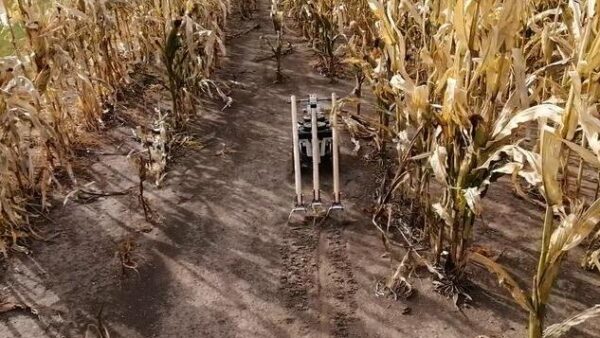In my village, and the surrounding area, every day I see more prime agricultural land being gobbled up for housing, apartments and industry complexes. I’m wondering if this loss of agricultural soil will be sustainable in the long run, or will we run out of good agricultural soil, pushing farmers and growers to ever more marginal lands, and we’re going to meet Mr. Malthus after all.
Towards the end of the 18th century, Thomas Malthus wrote population growth generally expanded in times, and in regions, of plenty, until the size of the population relative to the primary resources caused distress. Once we run out of sufficient amounts of key primary resources, such as good agricultural soil, one imagines agricultural production would slow down. However, we need to produce at least 60 per cent more food by 2050 to feed the world. We can only balance the loss of good soil if, through innovation, the genetic progress of the plant varieties we sow is compensating for this and other negative effects.
Since the middle of the 20th century, global agricultural output has been able to keep pace with a rapidly growing population, repeatedly defying the Malthusian predictions of global food shortages. And it is safe to say this happened only because of the continuous and breath-taking innovations in agriculture. For example, between 1961 and 2005, the world’s population increased by 111 per cent (from 3.08 to 6.51 billion), whereas crop production rose by 162 per cent (from 1.8 to 4.8 billion tons).
One can increase agricultural production, basically, in two ways: either by expanding the land area cultivated (extensification), or by improving crop yield from land already under cultivation (intensification)—research is telling us the gains observed since 1961 were largely intensive. Global cropland grew by 27 per cent (from 960 to 1,208 million hectares), but total crop yield increased by 135 per cent (from 1.84 to 3.96 tonnes per hectare, weighted by production across crop groups).
These yield gains were largely driven by dramatic increases in cereal and oil crops, resulting from continuous innovation, such as adoption of higher yielding crop varieties, an increase in the use of fertilisers and crop protection products, and improved access to irrigation and mechanisation.
To determine the effect of genetic improvements on the total yield increase, the UK’s National Institute of Agricultural Botany carried out a study in 2008, in which 300 varieties of wheat, barley and oats were analysed in 3,600 trials, leading to 53,000 data points.
Previous studies had already indicated about half of the yield increase from 1947 to 1986 could be attributed to plant breeding. Improvements in fertiliser, crop protection products and machinery accounted for the remainder of the yield increase.
The 2008 analysis revealed more than 90 per cent of the yield increase could be attributed to the introduction of new varieties during the period from 1982 to 2007, in which yields went up from five to six tonnes/ha to eight tonnes/ha. This clearly shows the contribution of the genetic component to yield increase.
In the recently released report, The Economic, Social and Environmental Value of Plant Breeding in the EU, conducted by the Humboldt Forum for Food and Agriculture Research GmbH, the contribution of plant breeding was again strongly underlined. The report states, on average, across major crops cultivated in the EU, plant breeding contributed about 74 per cent to total productivity growth, equal to an increase of yields by 1.24 per cent per annum.
In addition, plant breeding increased primary agricultural product supply at levels of, for instance, 47 million tons of grains and 7 million tons of oilseeds, thus stabilising markets and reducing price volatility. Genetic crop improvement added over €14 billion to the EU’s GDP since 2000. Plant breeding also contributes to reducing greenhouse gas emissions: about 3.4 billion tons of direct CO2 emissions were avoided in Europe thanks to plant breeding innovation over the last 15 years.
And as if this all wasn’t enough, through plant breeding, Europe was able to prevent biodiversity loss by preserving habitats the size of Latvia from being turned into farmland. Absent such innovations ,humanity could inadvertently cross a threshold where yield increases no longer match the necessary increments in global food production. This would lead to an accelerating conversion of natural forests with detrimental environmental impacts, and to cropland expansion on unsuitable lands, therefore requiring large capital investments, intensive use of water and fertilisers, and a much larger area for any increment in production. Let’s not go there. Let’s make way for plant breeding with all its innovations.
Marcel Bruins
editorial director, European Seed
mbruins@issuesink.com










